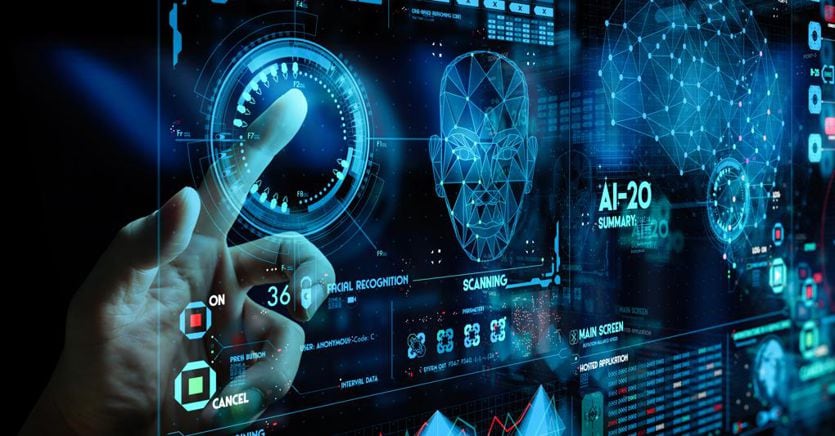Privacy and data security, but also the blockchain and the automation tools of processes and IT activities. And obviously the applications related to artificial intelligence. These are the themes that summarize the technological trends that will have the greatest impact on companies and IT departments during 2022 according to Deloitte. The new normal, as the managers of the consulting firm explain, is the common denominator to ride the opportunities for change in the name of innovation, efficiency and competitiveness and organizational structures (as the pandemic has taught) that must be agile and resilient.
How to strengthen and evolve the organization
Over the next 18-24 months, more and more companies will seek to develop skills to monetize their information assets and to achieve new business goals by leveraging data shared by third parties. Privacy preserving computing technologies such as homomorphic cryptography will be at the center of attention because they are able to free these assets from traditional privacy and security constraints. Another priority on the IOC and CEO’s table is the cloud: companies are trying to “upload” as many processes to the cloud to achieve greater efficiency and within two years it is expected that a growing number of organizations will start experimenting with cloud solutions “Verticals” (for which Deloitte estimates a global market of 640 billion dollars within the next five years) will be able to support them in meeting the specific needs of the sector in which they operate. Finally, the blockchain: having overcome the initial skepticism, the technology of distributed ledgers is also spreading in the company (and not only in the financial sector) thanks to the leap forward in terms of speed and usability and (above all) to its increasing interoperability at the level of tech ecosystems.
How to optimize IT processes and resources
Password automation: in the next few years there will be an acceleration of the process of reducing manual tasks in the management of IT systems and architectures and in the development and deployment of applications. According to experts, the opportunities to be seized for companies can be traced back to the possibility of standardizing and optimizing three key components: on-premise infrastructures, software and applications (managing a single code which in turn can govern aspects of development, maintenance , of the operation and security of an application) and the automation mechanisms implemented through rules and thanks to machine learning. Security, even in 2022, will remain a priority issue for the CIOs. With the growing number of detected threats and attack possibilities, artificial intelligence technologies can enable a proactive approach to cybersecurity, automating time-consuming tasks and enabling IT workers to perform higher-value tasks. Furthermore, the diffusion of sensors and smart robots and the massive use of algorithms will expand the traditional technological stack to a series of new devices (increasingly client-facing and mission-critical) and physical assets, requiring higher levels of reliability and uptime, as well as new tools, platforms and approaches to monitor and manage their proper functioning.
Frontier technologies
Looking to the future, Deloitte has finally identified three technologies (currently still in the initial stages of their diffusion) that will play a central role in the scenario of the coming decades. The first, more than well known, concerns quantum computing and the possibilities of obviating the needs of particularly important computational skills. The second involves exponential intelligence, that is, a higher level AI capable of understanding even if a correlation between data is random or has an intrinsic meaning. In the coming decades, in fact, “symbolic” and “connectionist” techniques will be used more and more for the training of algorithms, giving the neural networks the capacity of logical inference and deductive reasoning. The third and last refers to the concept of “ambient computing”, that is a set of technologies that make digital reality accessible to users at any time and in any place, “freeing it” from the constraint of conventional device interfaces such as PC screens. and smartphone. A first taste of metaverse from a corporate point of view?
